putting up all this stuff about China and Korea kind of makes it seem like we haven't done anything right here in our own backyard. we've been in Japan six months now, and by the time we'd been in Taiwan for six months there were literally only a couple of things in the guidebook we hadn't seen. Japan is a much bigger country of course, but we still haven't kept pace with our Taiwan days; we haven't even been to Tokyo yet, and plenty of wise souls have informed us that "you haven't been to Japan if you haven’t been to Tokyo". that may be stretching the truth a little, because we have managed to see quite a few cool things despite prohibitive travel costs and lack of appropriate time off work. then again, much of our off time of has been spent in foreign lands, and even some of the things we've done in Japan have had more to do with the world outside. one of the coolest places we have visited so far was in fact very international in scope, as the name attempts to make clear: The Little World Museum of Man.

welcome to the Little World.
Nagoya is sort of the industrial heart of Japan and is not really close to so much interesting stuff, but the Little World is one of the few attractions in easy driving range of the city, so we decided to check it out. despite their obvious fondness for travel, the Japanese also seem to relish having foreign things brought to them, and i'm not talking about imported candy bars and cars. there are apparently several theme parks around the country that replicate, often in miniature, various sights from around the globe, including one dedicated to Spanish buildings and culture and another to assorted wonders of the world. we hadn't heard much about Little World, and its website is of scant help to non-Japanese speakers, so we just expected it to be basically a series of small replicas of world monuments. we anticipated it would be extremely cheesy, just like the Formosan Aboriginal Cultural Village we had visited in Taiwan, and in fact spent the whole ride there making fun of the place before we’d even seen it.

houses from around the world (and in full size, too), with Japanese and Taiwanese house pictured below.

given that i'm writing a whole post about this place, you will no doubt have deduced that the Little World exceeded our expectations. not only were all the buildings full-size, but they had examples from all over the world--some very unexpected spots, too--and the whole place was really quite interesting. oh, and as a nice cherry on top, many of the buildings were distinctly not Asian smelling. this will seem a strange thing to say to those who have not been here, and indeed i cannot quite put my finger on what makes Japan or any other part of Asia smell the way it does. nevertheless, when you smell something that does not smell Asian, as we have done only this once since coming to Japan, it is an unmistakable sensation, and quite disconcerting.
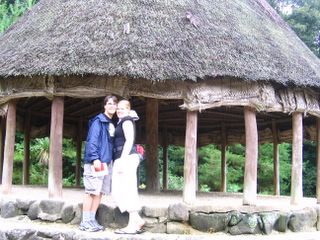
Jill and i outside a surprisingly authentic-looking Samoan fale, and the most impressive (and unexpected) of all the houses: those from Burkina Faso.

the Samoan fale, pictured above, was one of two they had which were quite like some of the real ones i have actually seen in Samoa. it was quite hard to tell whether the buildings at Little World were brought there and reassembled or if they were just built there in the first place; some of both i suspect. the compound of houses from Burkina Faso was probably built on the site, and it was a very interesting area. that compound was supposed to house an entire family of four brothers, each with about three wives, and all of these adults having their own hut. the males' huts are square and the females' cylindrical, and very difficult to get into. the doors are very low and the hut floors deeper than ground level, so that standing up inside is possible despite the low profile the buildings cut from outside. it was a way of living that i had never before come across, much less seen up close like this.

a friend and i admire the interior of an Alaskan inuit home; below is seen the statuary guarding the Indonesian compound.

then there were a lot of houses from places we had been before, or that were at least familiar to us. there was a very authentic Taiwanese farmhouse, several North American teepees, and a bunch of stilt-houses from Thailand, along with buildings representing a few European nations. most of these were farmhouses or churches, but in the German area there was a restaurant serving several different kinds of sausages, of course. i had happened to wear my Volkswagen Japan shirt on the day we went, so it seemed like taking it home to be "in Germany", and i felt almost compelled to have some of the fare (though i cheated and had Austrian Wieners).

i had some fun being in "Germany", and enjoyed their (or the Austrians') delicious sausages.
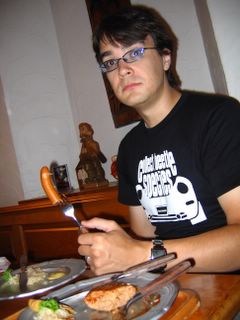
altogether in any case, we had a very good, and quite educational time. at many of the areas you could dress up like the natives, a pastime that appears to be very big with the Japanese; though Jill really wanted to do as the locals, i declined to participate. many of the signs and explanations at Little World are in English and it was interesting to see how many similar developments appear to have evolved in separate cultures, such as the raised granaries found at many sites (and pictured near the top) and the separate male-female housing used in many areas. indeed, in several countries they even had separate toilet and cooking facilities.

we even learned how they got around in olden times, but had to remember modern innovations like the passport. we were given a Little World pencil for our diligent efforts to get a stamp from each country.
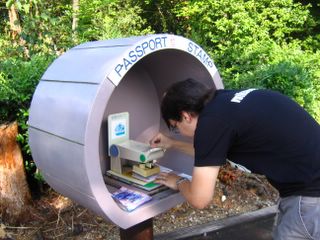
nevermind that to buy a Little World passport was about five bucks--it was well worth it, as was the park itself. but i want to make clear that this is not the only thing we have done since coming to Japan, indeed we have undertaken several fun activities that didn't involve leaving the country. down by the Port of Nagoya some (probably Italian) investors have built a very popular spot called Villagio Italia, or Italiamura in Japanese, at which the locals can get a sense of the home of Catholicism. actually it's not very Catholic at all, but rather a flashy shopping mall with a cover charge--still cheaper than going all the way to Italy though. they've built some replicas of Italian monuments and have even included real ocean water-canals for gondola rides, though they weren't operating when we went, due to high winds. a pretty cool place, but no Little World for sure.
one place that was almost as cool was a theme park we visited just after Japanese school started again in the Fall called Nagashima Spaland. where Magic Mountain has Marvel Comic characters and Knott's Berry Farm has Snoopy, Nagashima is presented by Peter Rabbit (?), but also boasts the longest (and absolutely the most rickety) wooden roller coaster in the world. this is quite a thing to have built in the country completely obsessed with ferris wheels--they are literally everywhere, there's one on the side of a mall in downtown Nagoya--but it doesn't half hurt. they also have one of the longest steel coasters in the world; too bad the line for it is even longer. the best ride though, which almost made me throw up, is called the Frisbee, and looks like a giant steering wheel dangling from a column held by two uprights. you can see a picture of it on the website i believe. basically you sit facing outward on the wheel, which then spins while the column is rocked back and forth like one of those pirate ship rides. it goes over the top once i think, and that's about where you lose your lunch, though you could probably catch it again on the way back down. after that the only thing to do is go over to the other side of the park, the waterpark which lends the spaland part of the title. there you find some pretty standard water rides, but also a few cool things, just like you do in Japan.

welcome to the Little World.
Nagoya is sort of the industrial heart of Japan and is not really close to so much interesting stuff, but the Little World is one of the few attractions in easy driving range of the city, so we decided to check it out. despite their obvious fondness for travel, the Japanese also seem to relish having foreign things brought to them, and i'm not talking about imported candy bars and cars. there are apparently several theme parks around the country that replicate, often in miniature, various sights from around the globe, including one dedicated to Spanish buildings and culture and another to assorted wonders of the world. we hadn't heard much about Little World, and its website is of scant help to non-Japanese speakers, so we just expected it to be basically a series of small replicas of world monuments. we anticipated it would be extremely cheesy, just like the Formosan Aboriginal Cultural Village we had visited in Taiwan, and in fact spent the whole ride there making fun of the place before we’d even seen it.

houses from around the world (and in full size, too), with Japanese and Taiwanese house pictured below.

given that i'm writing a whole post about this place, you will no doubt have deduced that the Little World exceeded our expectations. not only were all the buildings full-size, but they had examples from all over the world--some very unexpected spots, too--and the whole place was really quite interesting. oh, and as a nice cherry on top, many of the buildings were distinctly not Asian smelling. this will seem a strange thing to say to those who have not been here, and indeed i cannot quite put my finger on what makes Japan or any other part of Asia smell the way it does. nevertheless, when you smell something that does not smell Asian, as we have done only this once since coming to Japan, it is an unmistakable sensation, and quite disconcerting.

Jill and i outside a surprisingly authentic-looking Samoan fale, and the most impressive (and unexpected) of all the houses: those from Burkina Faso.

the Samoan fale, pictured above, was one of two they had which were quite like some of the real ones i have actually seen in Samoa. it was quite hard to tell whether the buildings at Little World were brought there and reassembled or if they were just built there in the first place; some of both i suspect. the compound of houses from Burkina Faso was probably built on the site, and it was a very interesting area. that compound was supposed to house an entire family of four brothers, each with about three wives, and all of these adults having their own hut. the males' huts are square and the females' cylindrical, and very difficult to get into. the doors are very low and the hut floors deeper than ground level, so that standing up inside is possible despite the low profile the buildings cut from outside. it was a way of living that i had never before come across, much less seen up close like this.

a friend and i admire the interior of an Alaskan inuit home; below is seen the statuary guarding the Indonesian compound.

then there were a lot of houses from places we had been before, or that were at least familiar to us. there was a very authentic Taiwanese farmhouse, several North American teepees, and a bunch of stilt-houses from Thailand, along with buildings representing a few European nations. most of these were farmhouses or churches, but in the German area there was a restaurant serving several different kinds of sausages, of course. i had happened to wear my Volkswagen Japan shirt on the day we went, so it seemed like taking it home to be "in Germany", and i felt almost compelled to have some of the fare (though i cheated and had Austrian Wieners).

i had some fun being in "Germany", and enjoyed their (or the Austrians') delicious sausages.

altogether in any case, we had a very good, and quite educational time. at many of the areas you could dress up like the natives, a pastime that appears to be very big with the Japanese; though Jill really wanted to do as the locals, i declined to participate. many of the signs and explanations at Little World are in English and it was interesting to see how many similar developments appear to have evolved in separate cultures, such as the raised granaries found at many sites (and pictured near the top) and the separate male-female housing used in many areas. indeed, in several countries they even had separate toilet and cooking facilities.

we even learned how they got around in olden times, but had to remember modern innovations like the passport. we were given a Little World pencil for our diligent efforts to get a stamp from each country.

nevermind that to buy a Little World passport was about five bucks--it was well worth it, as was the park itself. but i want to make clear that this is not the only thing we have done since coming to Japan, indeed we have undertaken several fun activities that didn't involve leaving the country. down by the Port of Nagoya some (probably Italian) investors have built a very popular spot called Villagio Italia, or Italiamura in Japanese, at which the locals can get a sense of the home of Catholicism. actually it's not very Catholic at all, but rather a flashy shopping mall with a cover charge--still cheaper than going all the way to Italy though. they've built some replicas of Italian monuments and have even included real ocean water-canals for gondola rides, though they weren't operating when we went, due to high winds. a pretty cool place, but no Little World for sure.
one place that was almost as cool was a theme park we visited just after Japanese school started again in the Fall called Nagashima Spaland. where Magic Mountain has Marvel Comic characters and Knott's Berry Farm has Snoopy, Nagashima is presented by Peter Rabbit (?), but also boasts the longest (and absolutely the most rickety) wooden roller coaster in the world. this is quite a thing to have built in the country completely obsessed with ferris wheels--they are literally everywhere, there's one on the side of a mall in downtown Nagoya--but it doesn't half hurt. they also have one of the longest steel coasters in the world; too bad the line for it is even longer. the best ride though, which almost made me throw up, is called the Frisbee, and looks like a giant steering wheel dangling from a column held by two uprights. you can see a picture of it on the website i believe. basically you sit facing outward on the wheel, which then spins while the column is rocked back and forth like one of those pirate ship rides. it goes over the top once i think, and that's about where you lose your lunch, though you could probably catch it again on the way back down. after that the only thing to do is go over to the other side of the park, the waterpark which lends the spaland part of the title. there you find some pretty standard water rides, but also a few cool things, just like you do in Japan.










































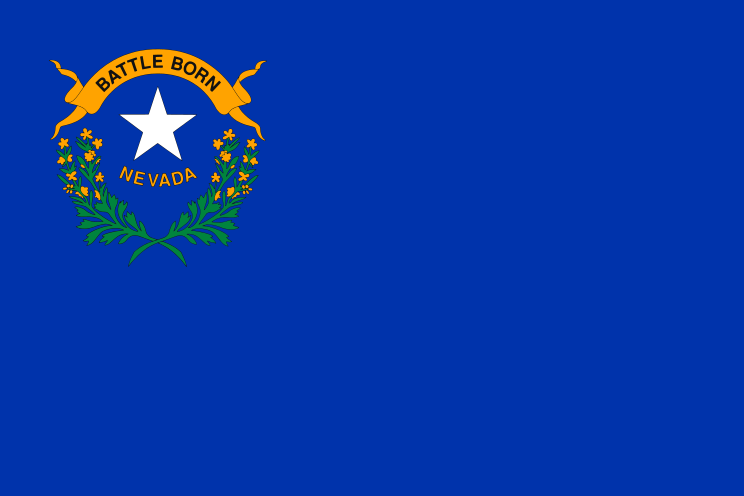




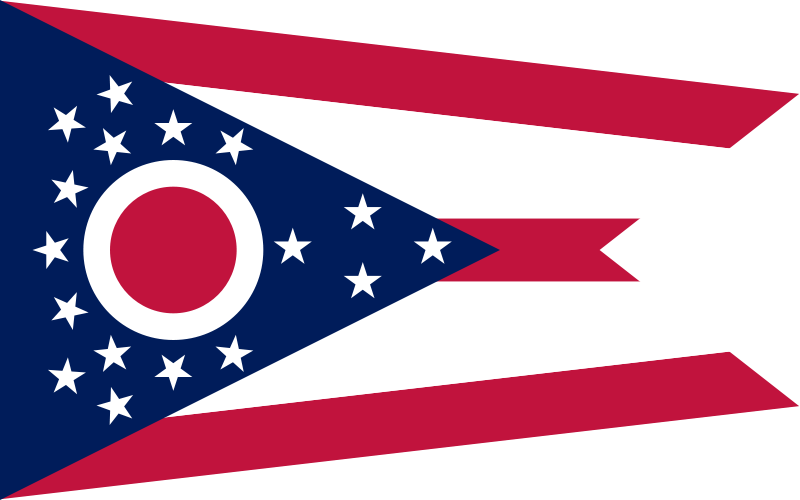







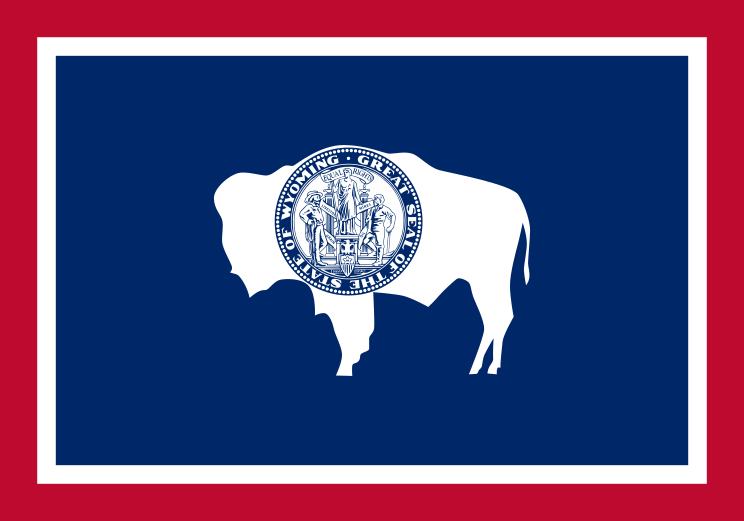
No comments:
Post a Comment